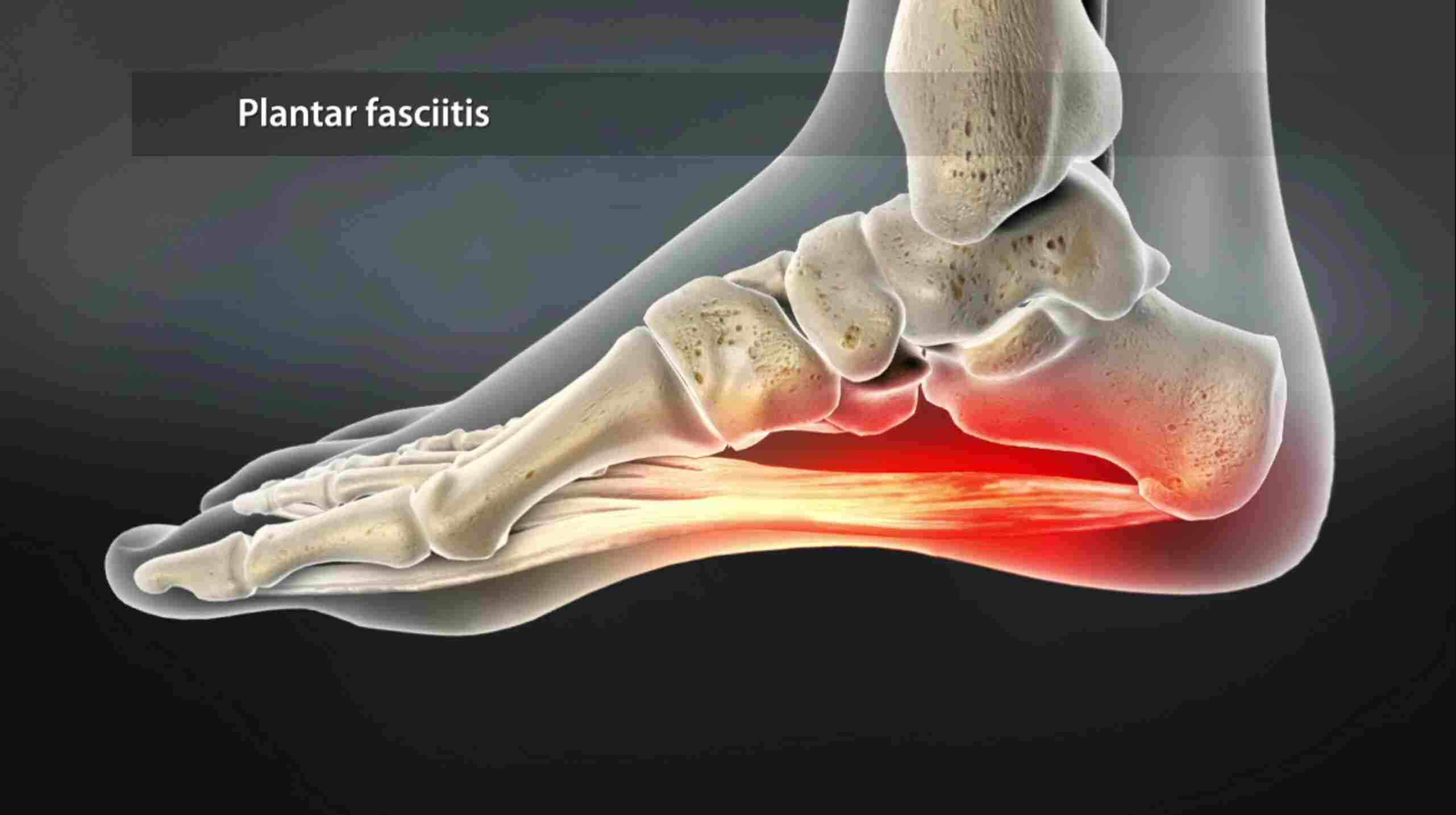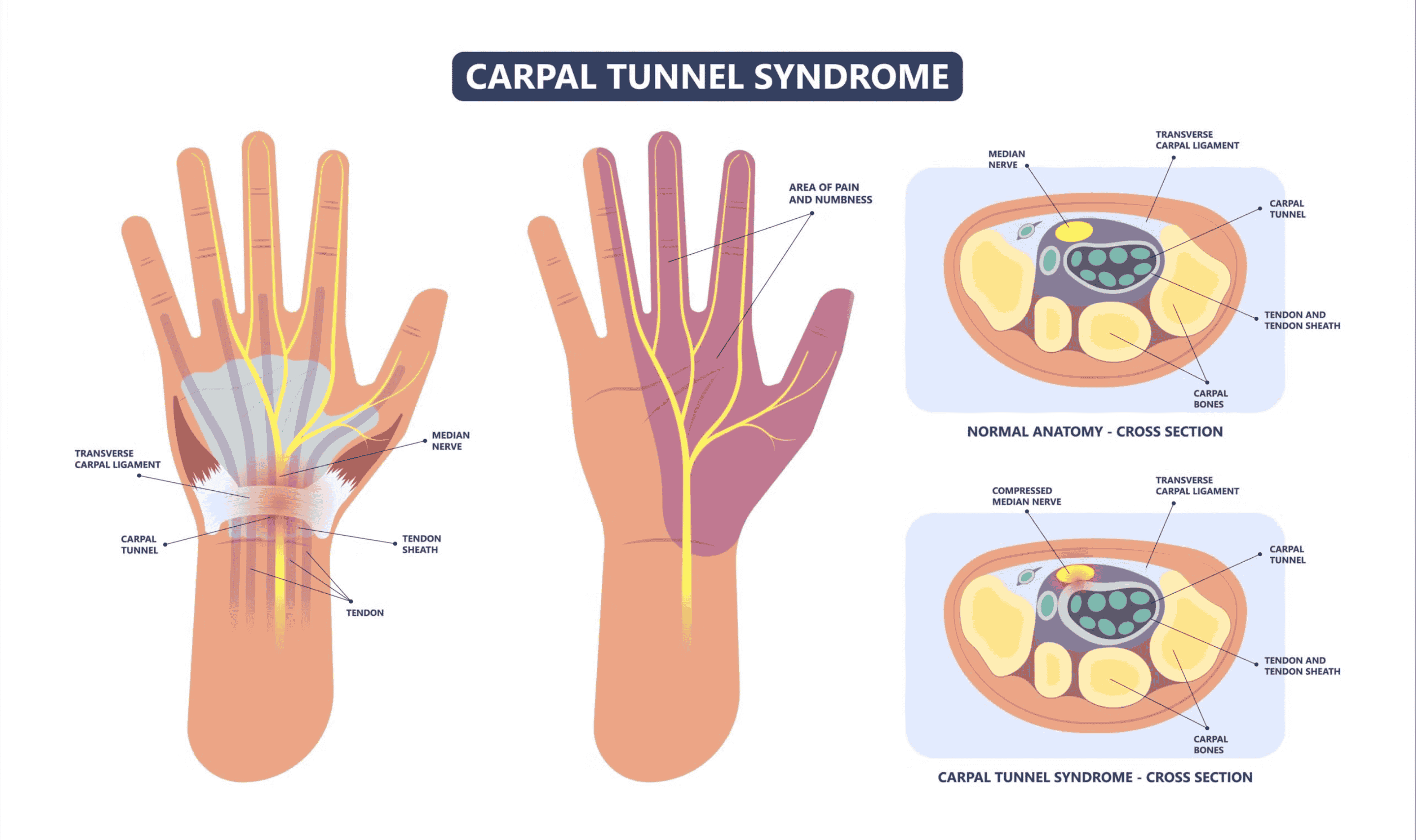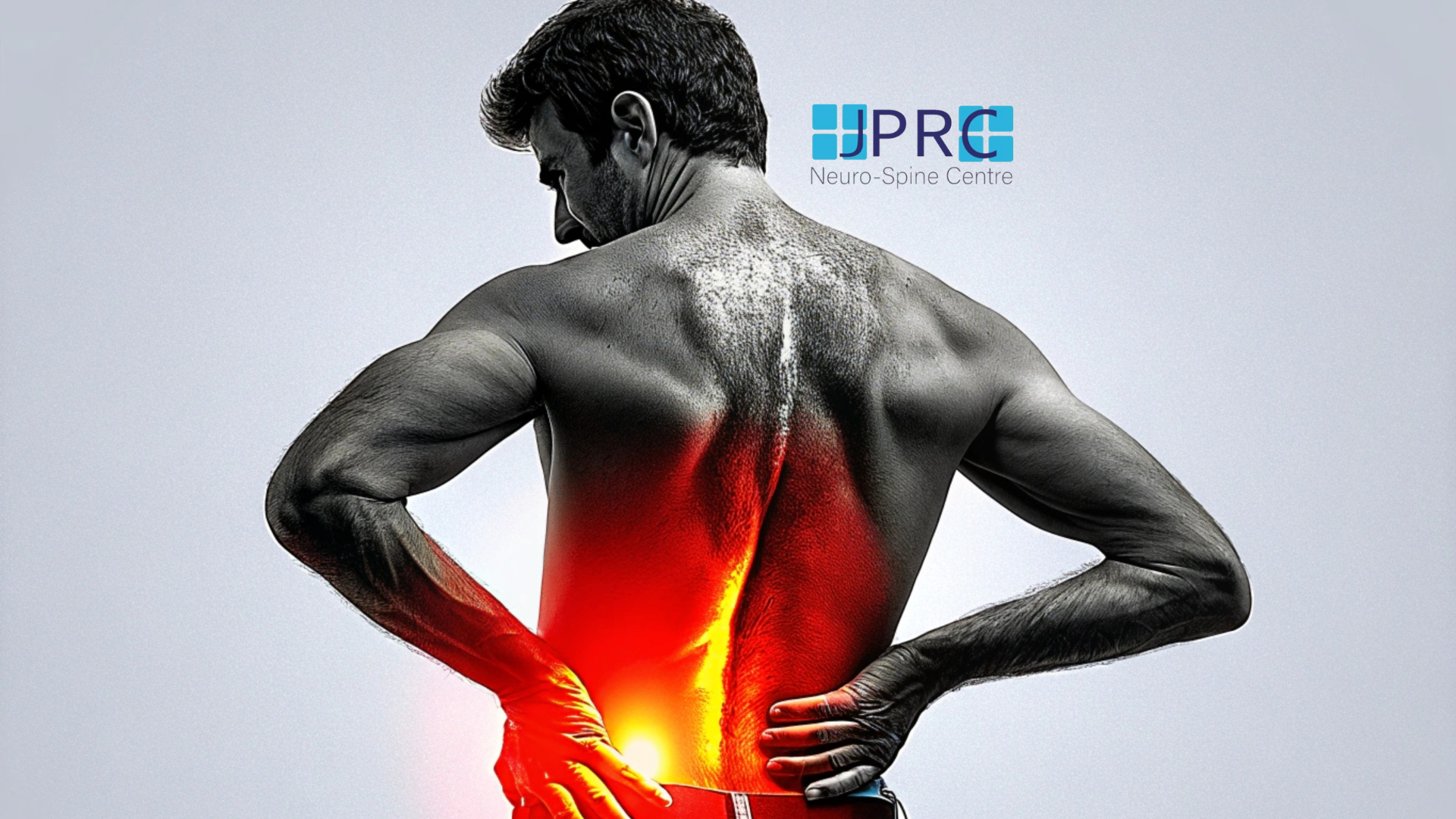Radio frequency treatment : a new horizon in pain management
What is radio frequency treatment ?
Radio frequency treatment or ablation (RFA) is a minimally invasive, non surgical technique that burns nerve fibres, that carry pain sensation to the brain. So this gives relief in chronic and non healing pains via blocking the feeling of pain itself.
This procedure is also called, Rhizotomy.
When do you need RFA ?
Radio frequency ablation is a highly specialized treatment only used in patients with -
Chronic pain, recurring pain that shows good relief following other nerve blocks, spine injury, arthritis; also in neck, back, knee, pelvic and peripheral pains.
what are the Benefits and risks ?
RFA shows an excellent benefit:risk ratio. It's highly useful in serious pain management cases, as it provides with :
- Quickest possible pain relief
- Little to no recovery time
- Minimally invasive, minor OPD treatment
- Decreased need for painkillers
- Improved functionality
- Normal life can be resumed far earlier than other methods
Comparatively, risks are very few as RFA is safe enough, and hardly ever leads to other complications. Though not worth mentioning ( very infrequent and exceptional), the risks reported so far are :
- Neuritis, neuroma
- Temporary increase in pain due to associated nerve damage
- Numbness, tingling
- Infectious and allergy to the medicines used
- No/ very less pain relief.
How is it done ?
- Before RFA :
patient's detailed medical history, current physiological and clinical state are screened routinely. Blood tests, imaging etc also done beforehand. Patients are asked to stop taking anti allergies and blood thinners like Aspirin since the day before RFA.
- During RFA :
The main procedure only takes 15-45 minutes.
Firstly, the patient is numbed with local anaesthetics at the affected area. A low dose sedative may be given.
Now, with the aid of fluoroscopy, the doctor inserts a thin hollow needle into the affected area. The needle is placed and fixed carefully.
Then, patient gets a numbing medication followed by a small measured ammount of Radio-frequency current through the fine needle to create a little but precise burn, called ablation. Burning takes 90 seconds in average. With this patient feels relieved, as brain doesn't even get any pain signal, simply because of a permanent disruption in this pain conduction pathway.
Multiple nerves at different sites can be burnt together.
After RFA, what next ?
Patients can walk shortly after surgery, and released on the same day after a brief observation period.
Patients may experience pain from the RFA itself, due to muscle spasm and associated damages to healthy tissue, but that resolves within 13-14 days. Complete pain relief is typically seen immediately, within 10 days or upto 3 weeks.
Within 2-3 days, patient is fit enough for work; but remember, RFA only blocks the feeling of pain but never treats the root cause. Thus, follow-up visits to your doctor are highly suggested, to know and treat why the pain's happening in the first place.
Tell me more about results :
RFA is a practically amazing way to treat pain, and the results are surprisingly positive.
Usually, the effect of nerve ablation persists for uptp 2 years. But if new axon sheath and nerve regrow around the carriage, only the therapeutic effect lasts for 6-7 months, well, RFA can be repeated again.
Studies show, this is an 85 % successful therapy in people with previous nerve blocks, and 70% in first time patients.
Got questions ? Suffering from pain that doesn't go away ? Call us or visit to book an appointment today !!










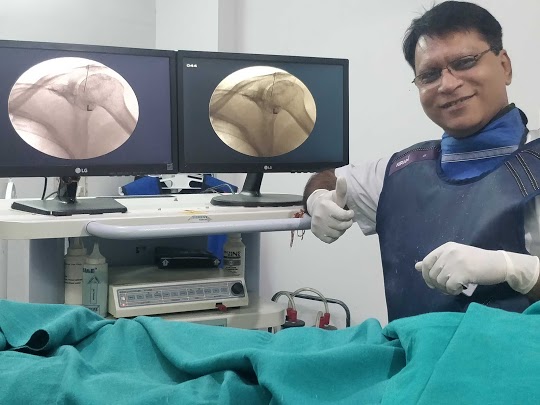





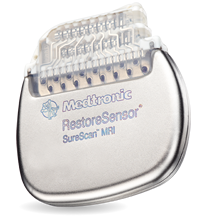








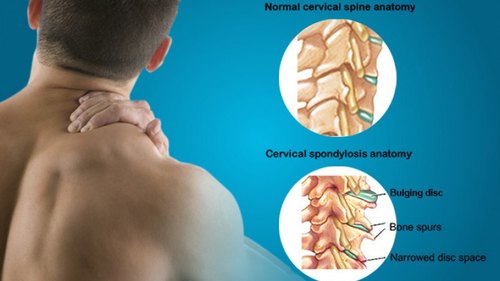
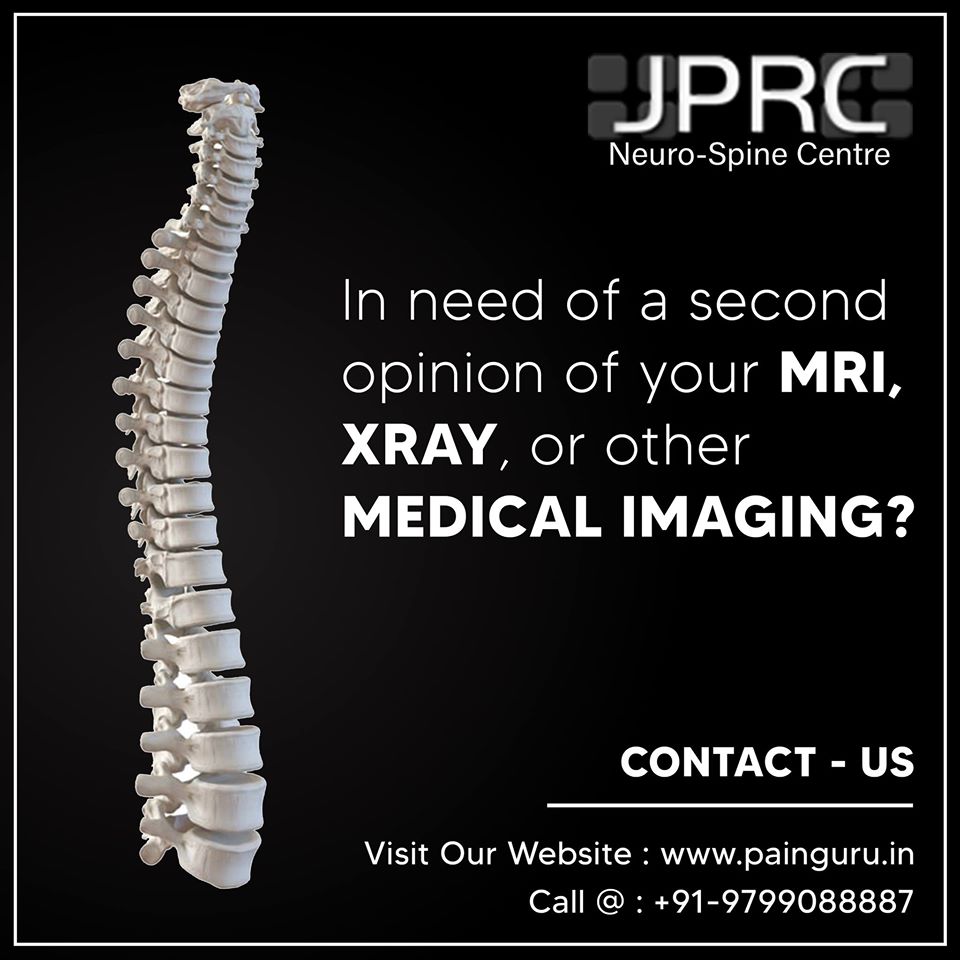
















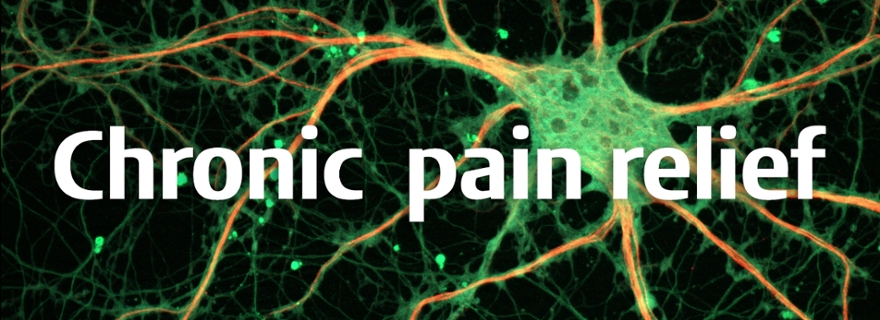


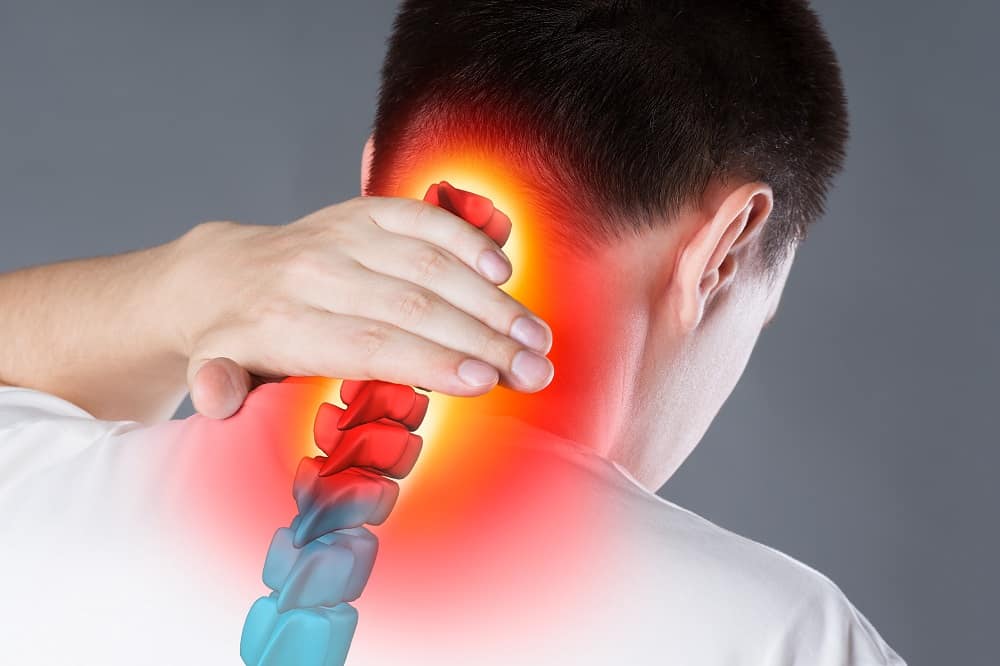
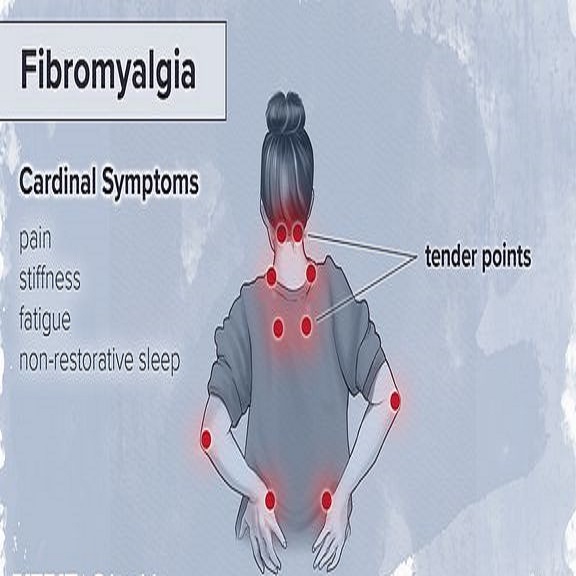
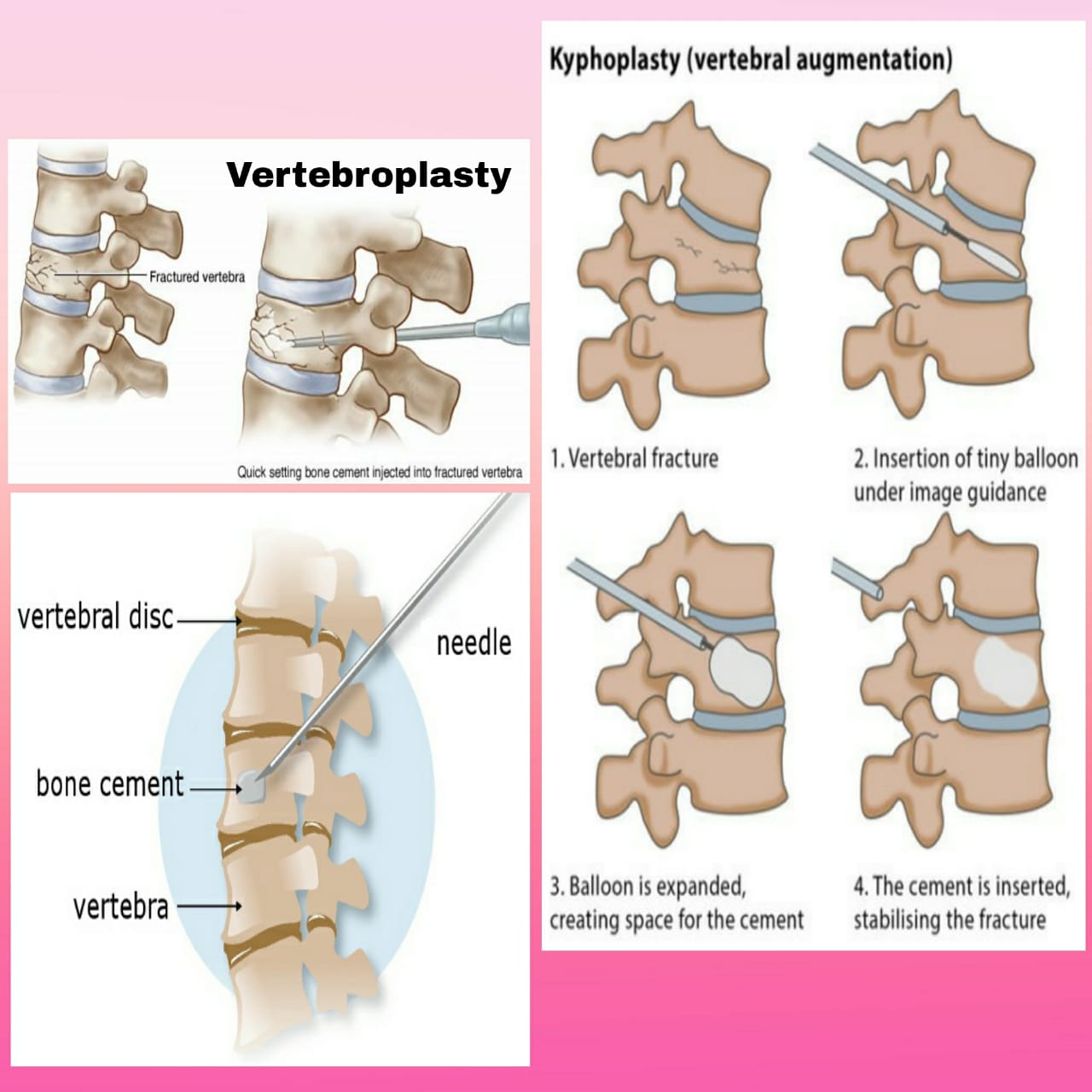


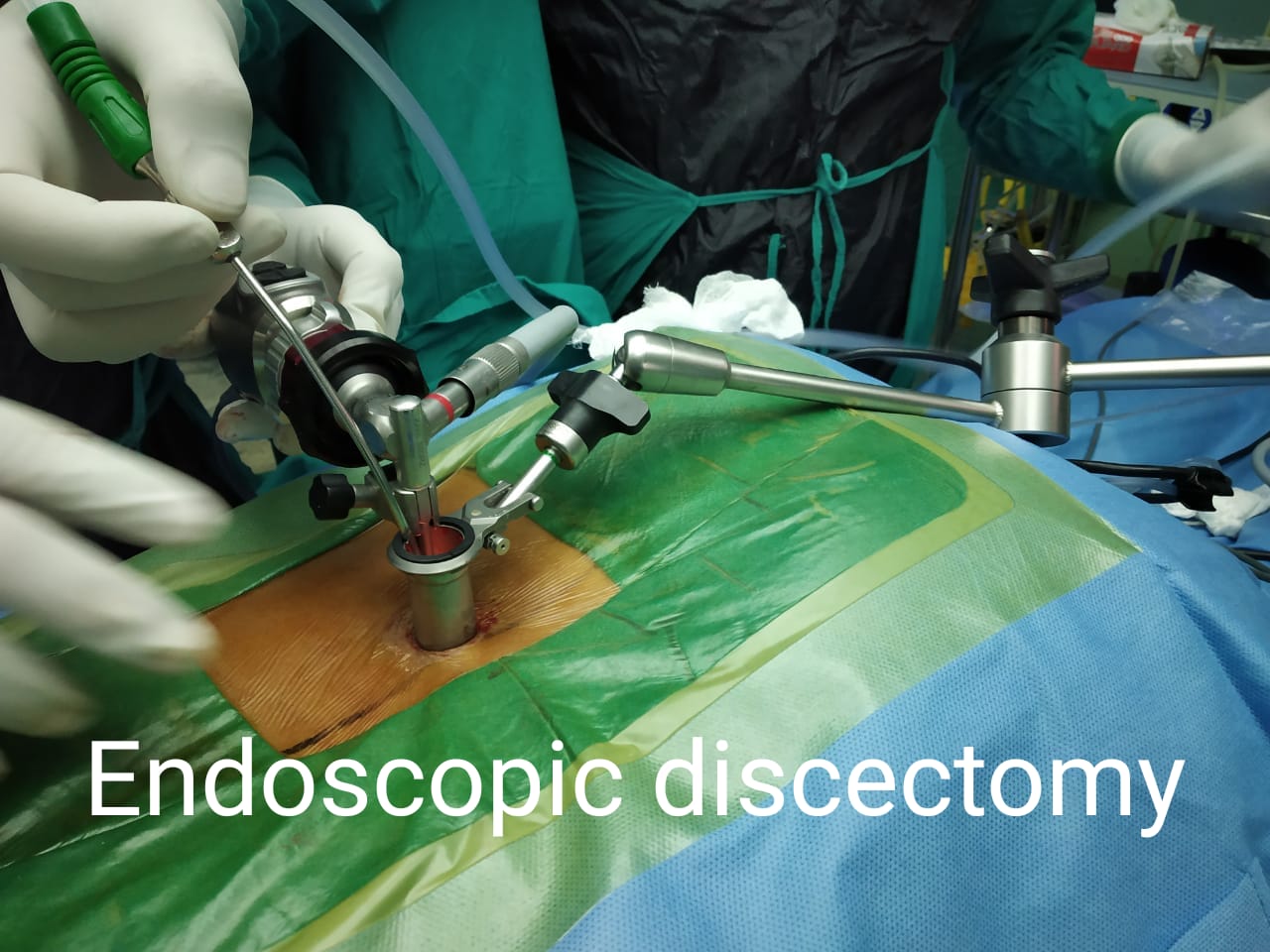



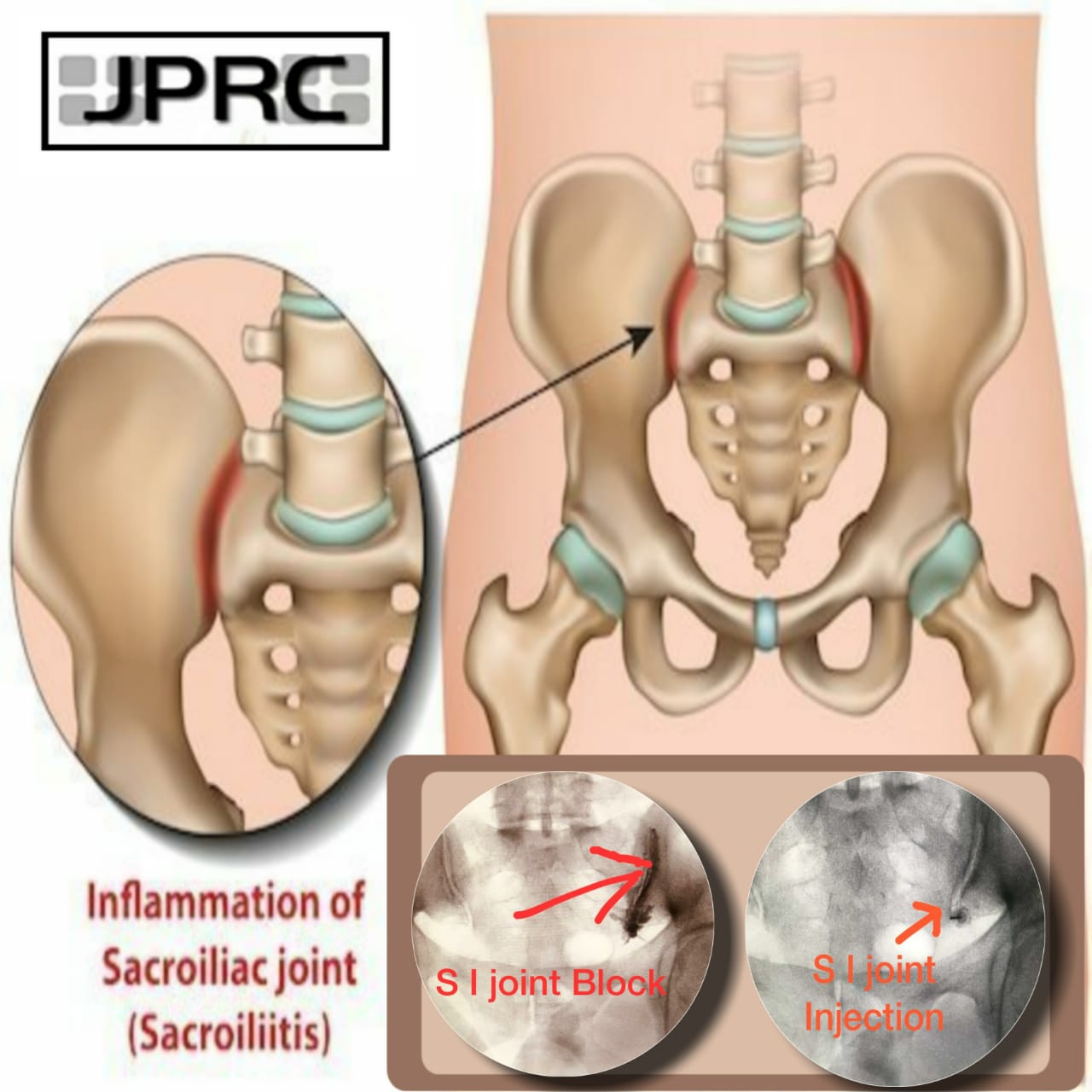





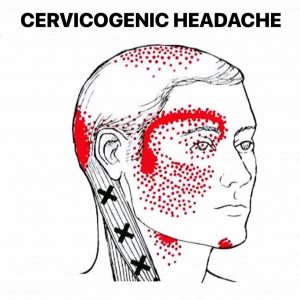




.jpg)








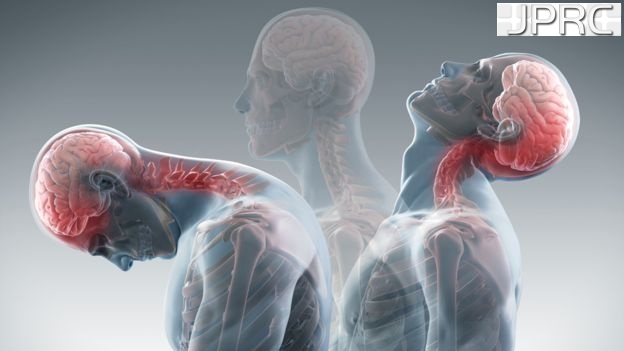


_Injection_Description_in_Hindi.jpg)









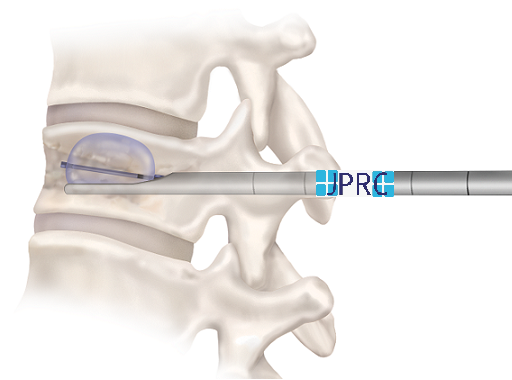
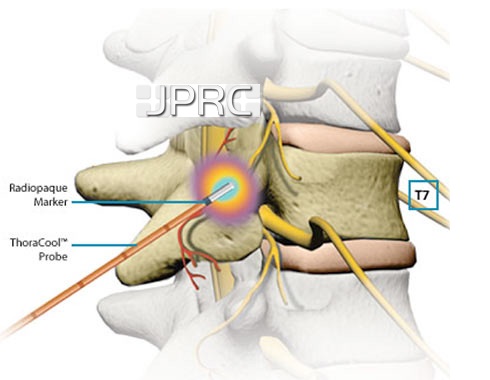



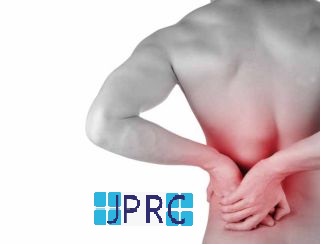

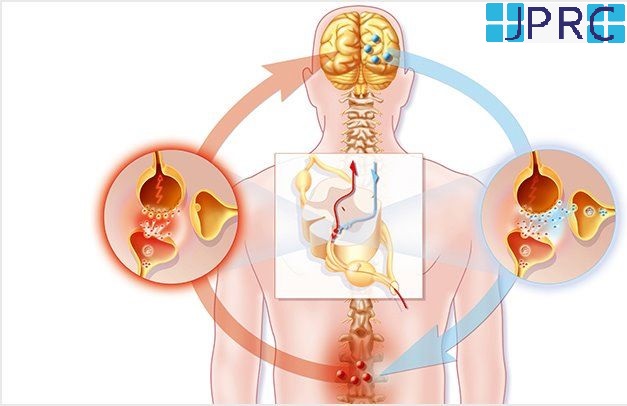


.jpg)




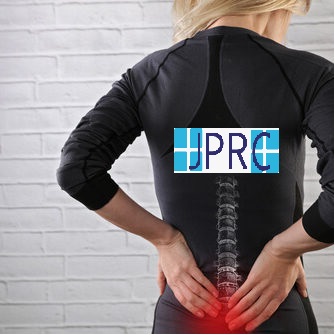



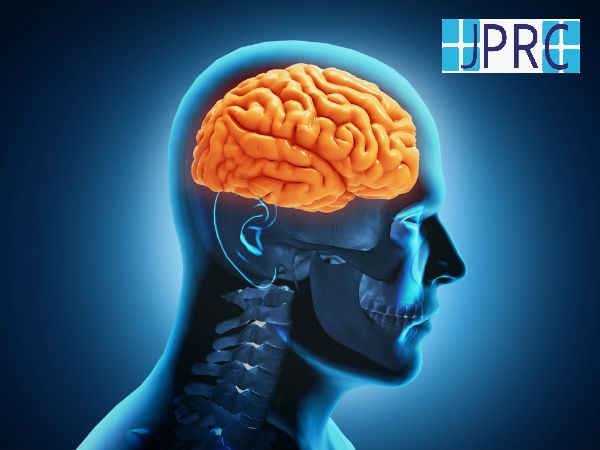

.jpg)
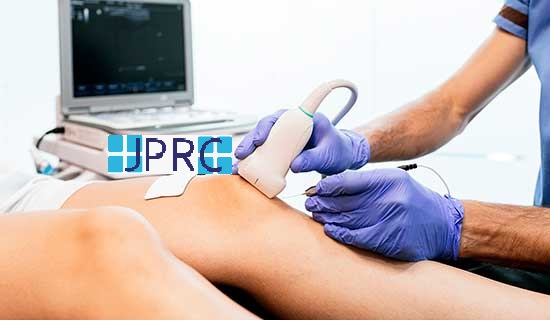

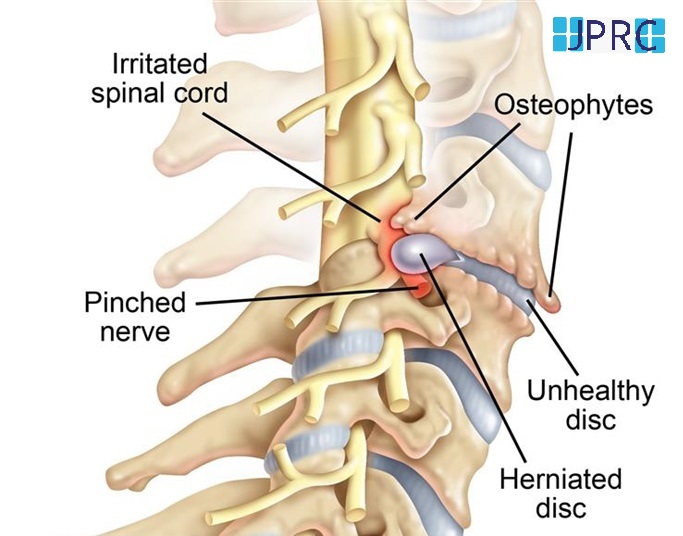

.jpg)
.jpg)
.jpg)







.jpg)
.jpg)
.jpg)
.jpg)
.jpg)
.jpg)
.jpg)
.jpg)
.jpg)
.jpg)
.jpg)
.jpg)
.jpg)
.jpg)
.jpg)
.jpg)
.jpg)
.jpg)
.jpg)
.jpg)
.jpg)
.jpg)








1.jpg)
1.jpg)
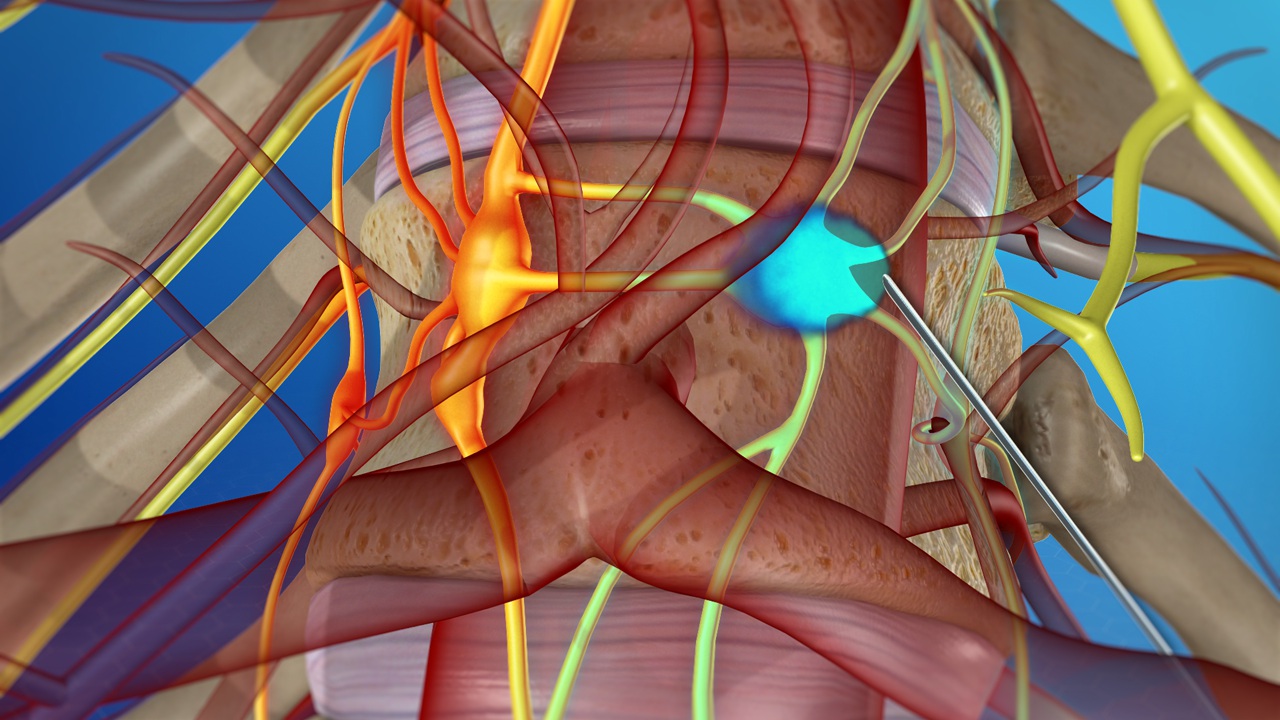
1.jpg)
1.jpg)
1.jpg)
1.jpg)
1.jpg)










2.jpg)
3.jpg)

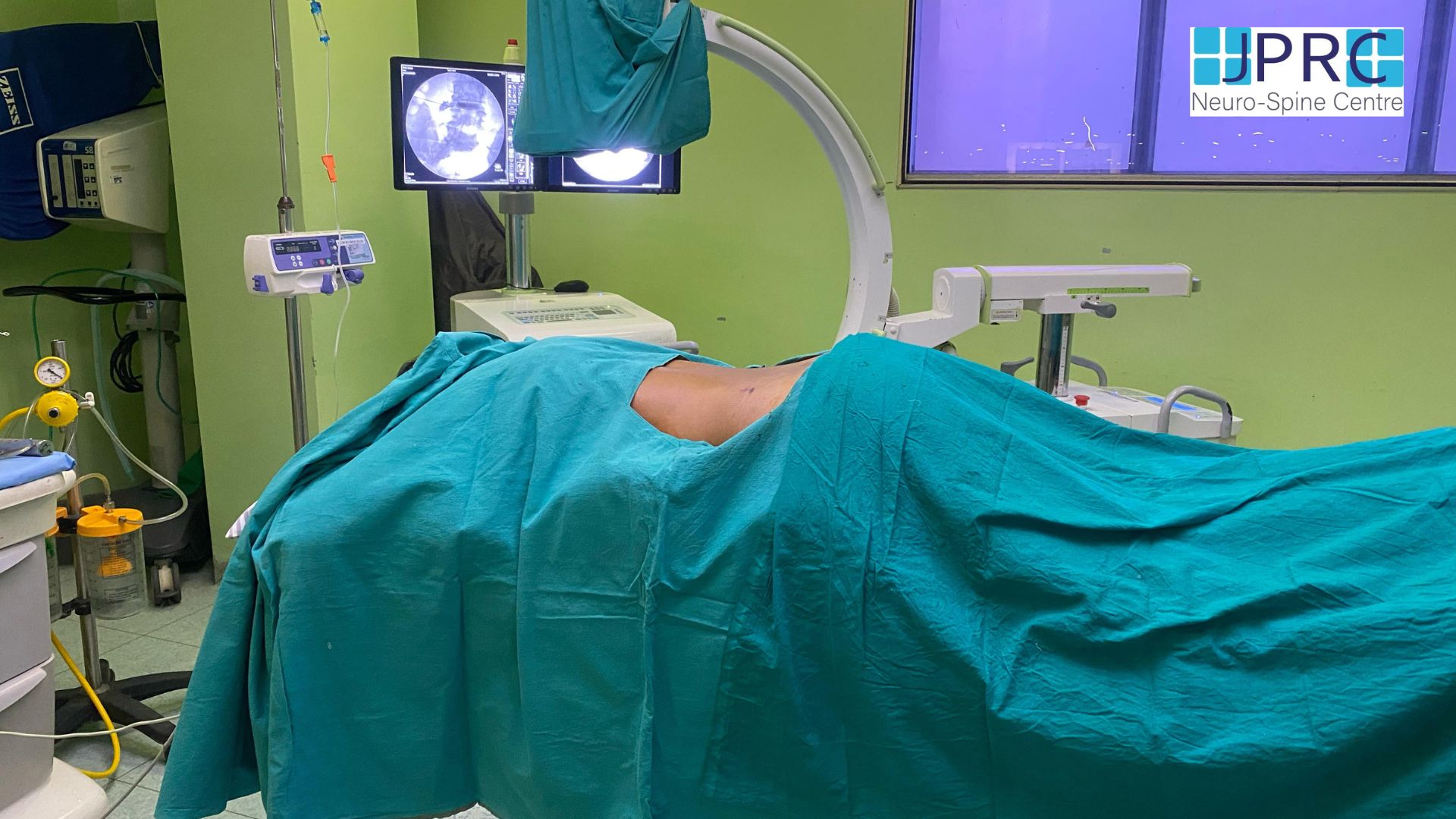

4.jpg)
1.jpg)
2.jpg)
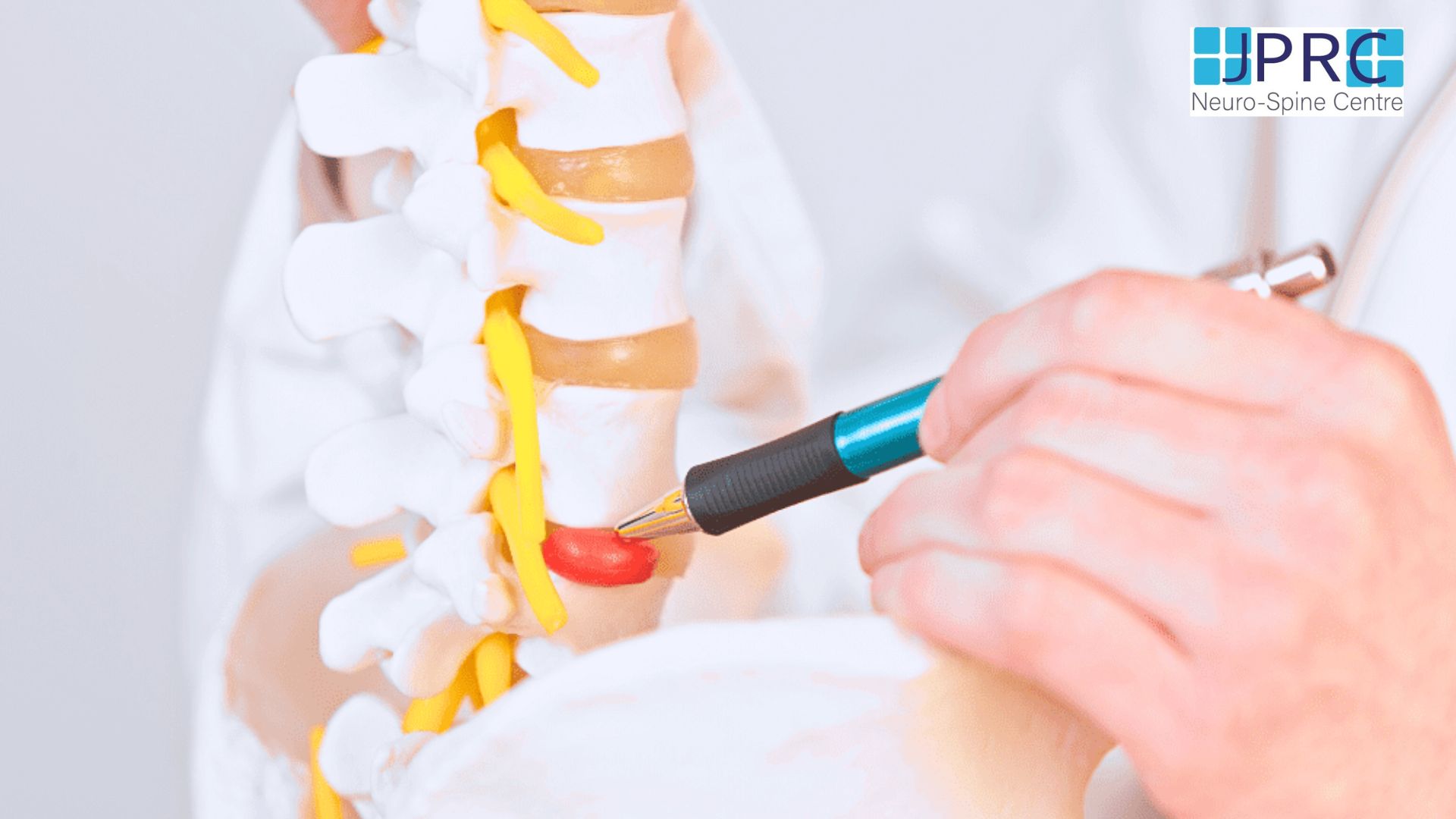
5.jpg)
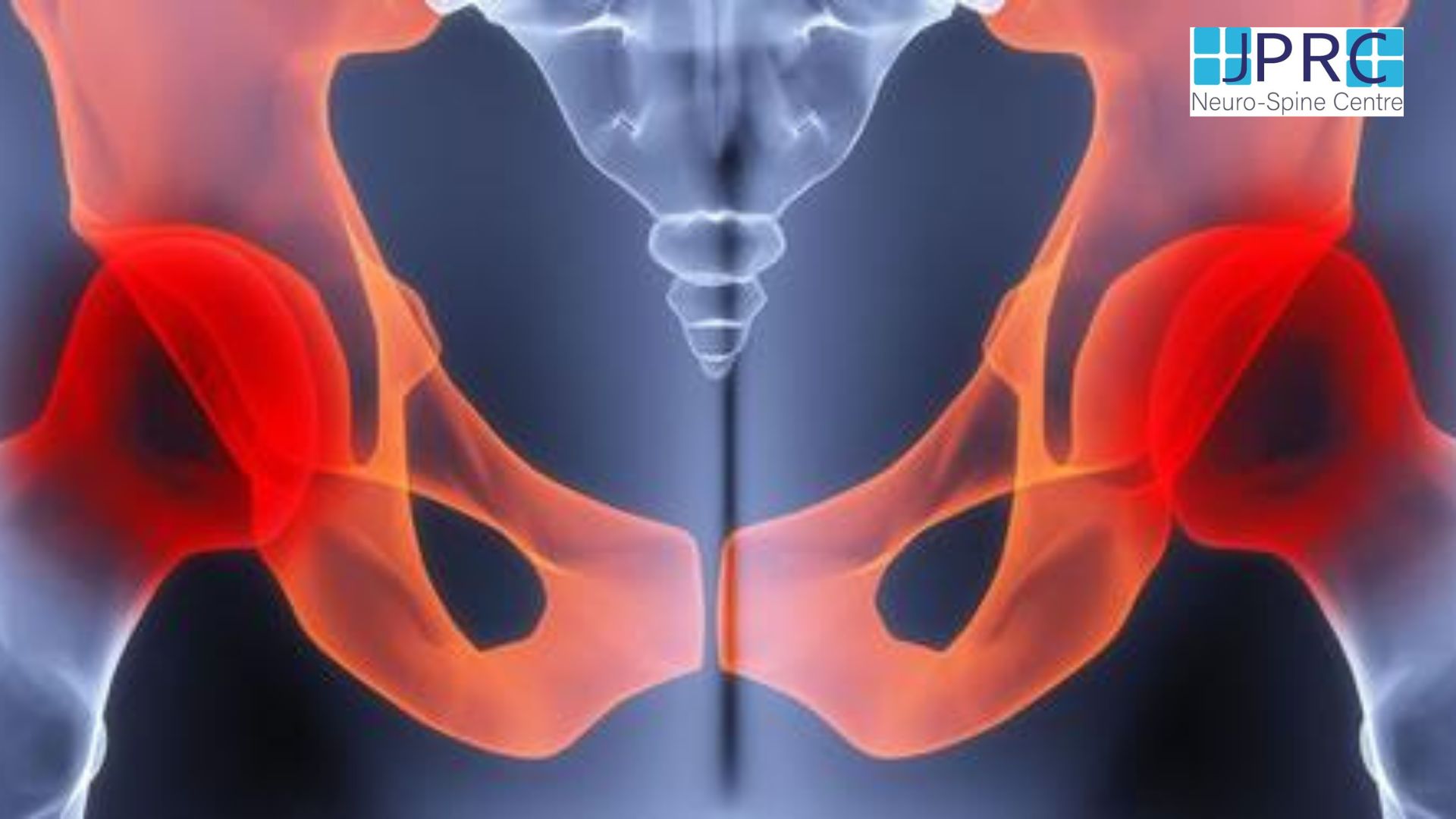
6.jpg)
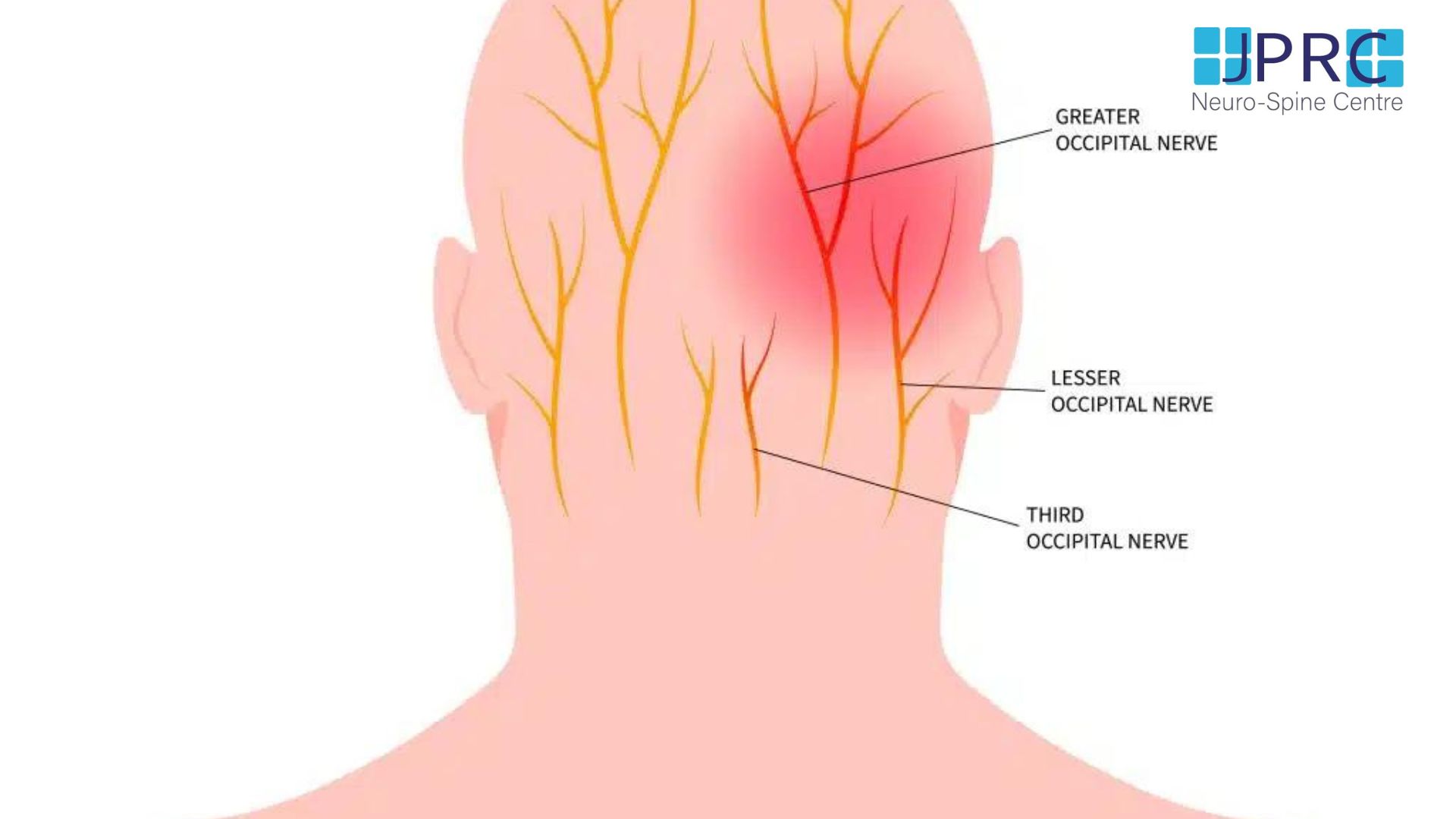


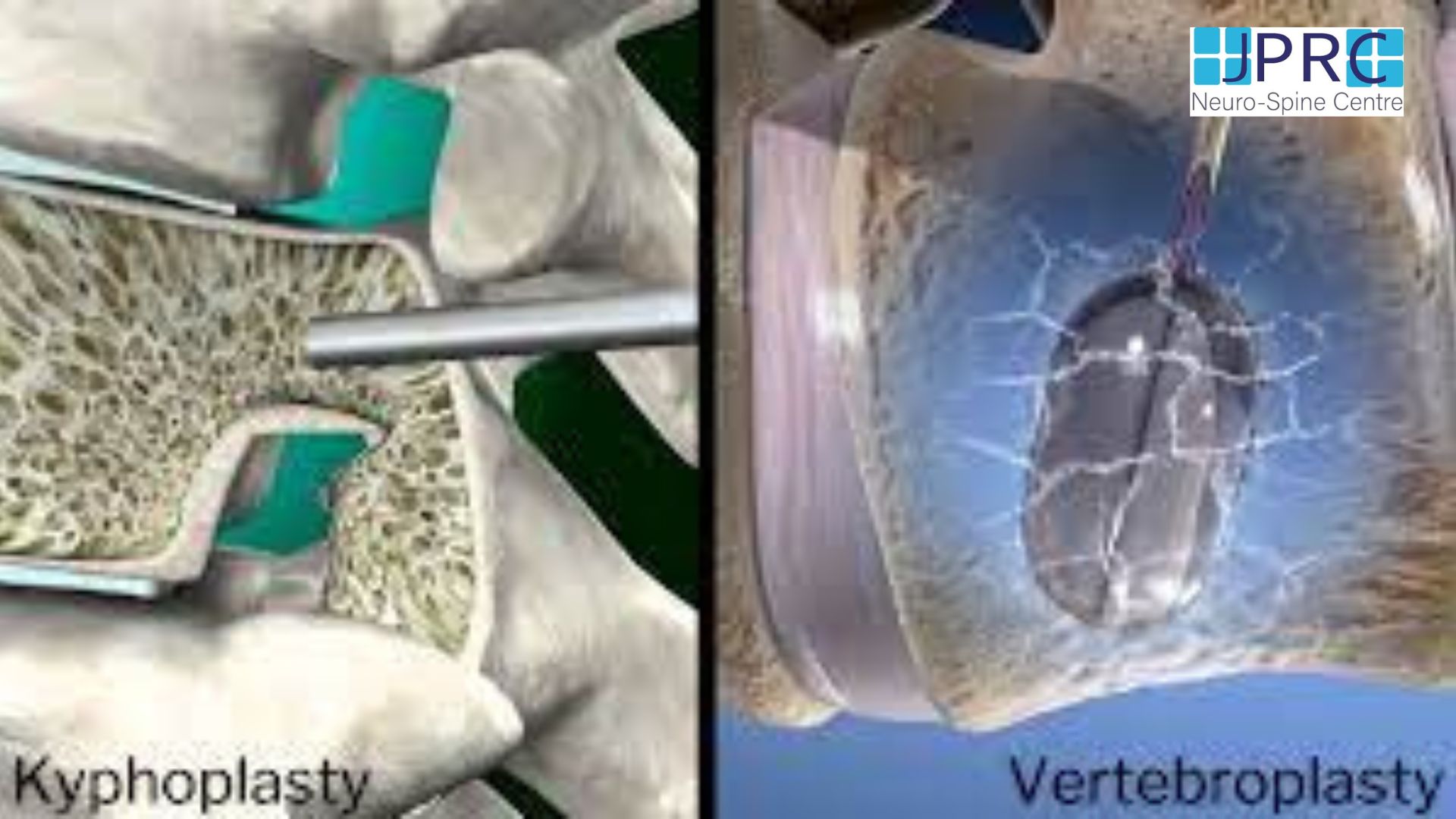
7.jpg)
2.jpg)

8.jpg)

9.jpg)
3.jpg)

10.jpg)

11.jpg)


12.jpg)
4.jpg)




























